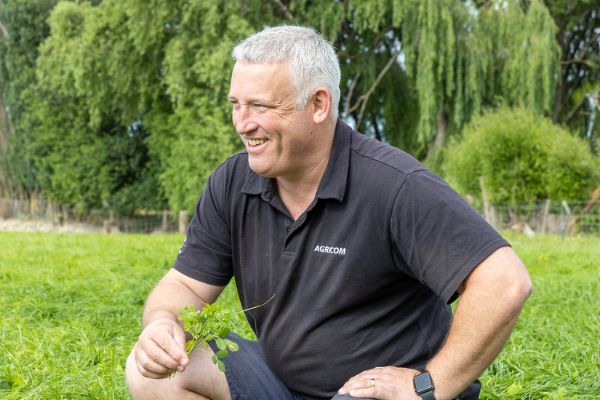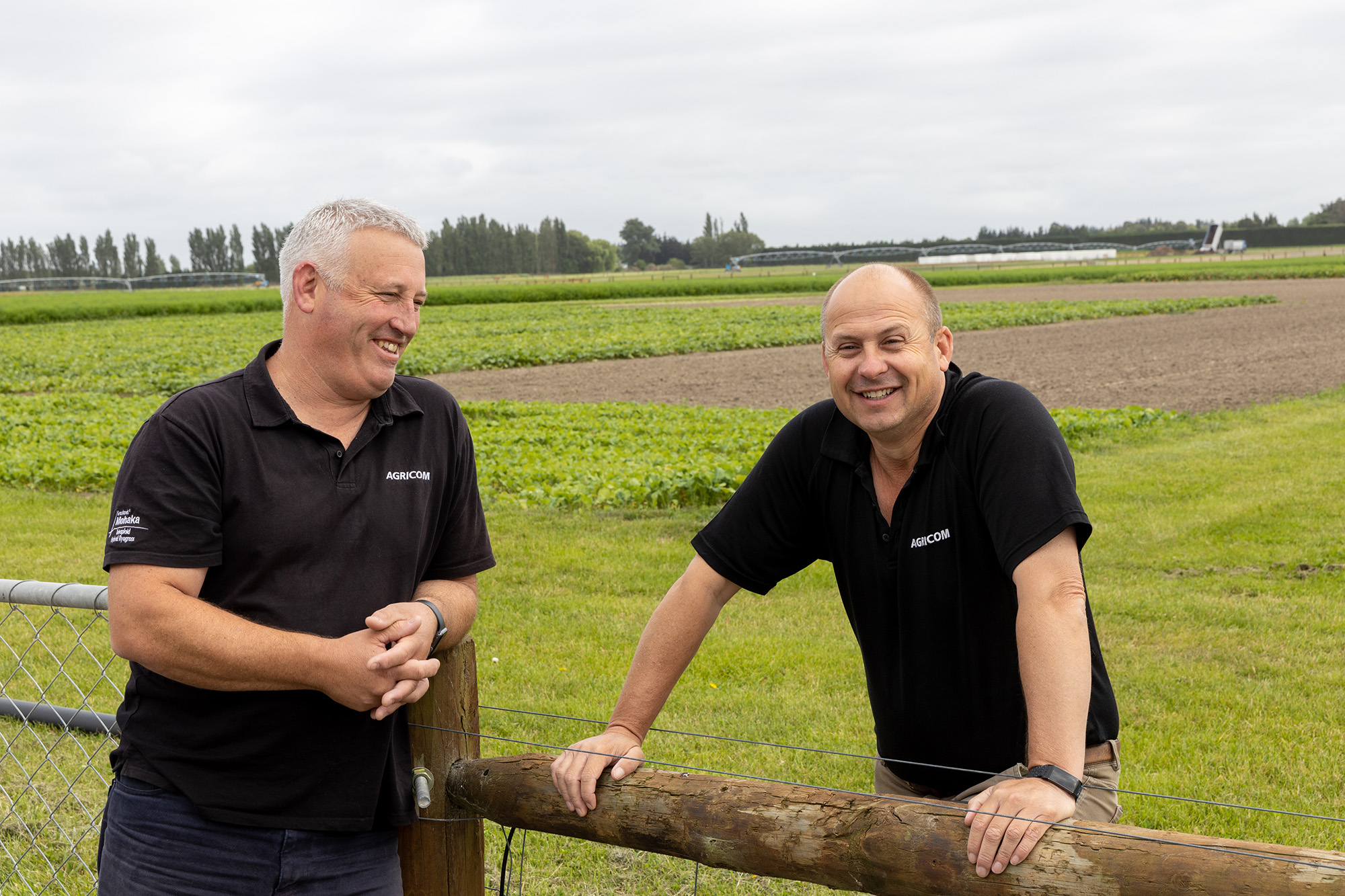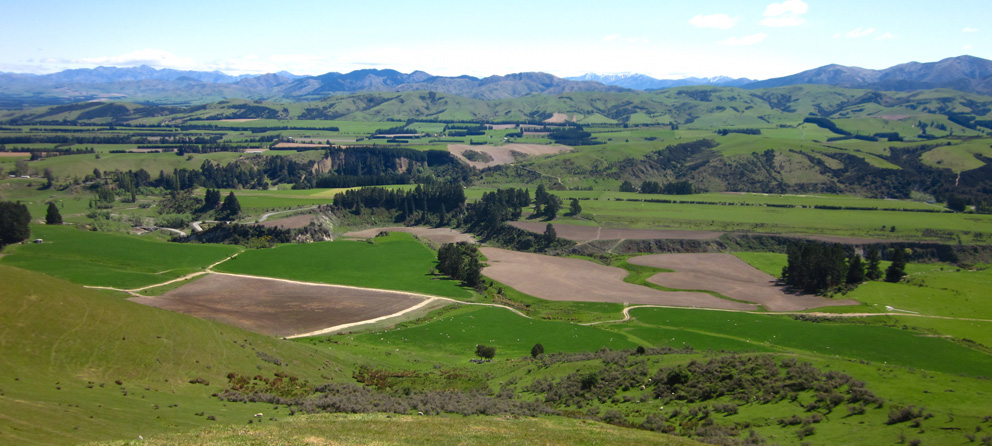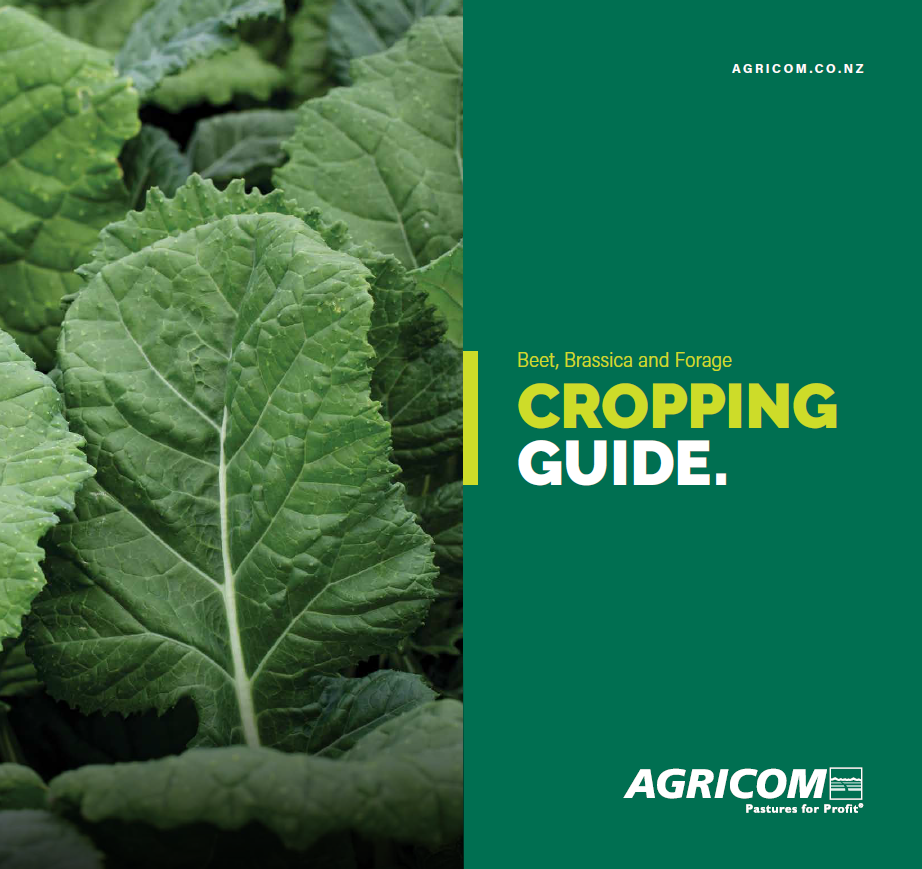
Grow with
confidence
with Agricom.
Grow with
confidence
with Agricom.
Ewe Lactation and Lamb Finishing - Lower North Island
Ewe Lactation and Lamb Finishing - Lower North Island
Ewe lambing, lactation feeding and lamb finishing are the final important feeding periods of the sheep production system. It is important to note that breeding units and lamb finishing will not always occur on the property. They can often be described by two distinct periods:
PRE-WEANING SYSTEM
The breeding unit will often try to maximise the carrying capacity of the capital ewe flock to maximise the numbers of lambs at weaning.
The success of this system is often linked to the production potential of spring conditions.
While planning and farm management plays a major role in a successful season, grass cultivars and forage choices can greatly influence this late winter and early spring period.
Mid heading ryegrass
- Samson and Reason AR37 as well as early heading tall fescue such as Hummer and Haven have a significant influence on feed supply through September and October
Legumes and herbs
- Relish red clover and Ecotain® environmental plantain have been proven to greatly influence weaning weights and ewe body condition at weaning
- Coolamon subterranean clover is an extremely effective lactation tool. It has a dense growth habit ideal for grazing stock and early seed set, making it the perfect addition to dryland pastures that are set stocked early
POST-WEANING FINISHING SYSTEM
This system can occur for a property with the land type and scope that can maintain a finishing system post weaning. This can include farms with a capital ewe flock or it can be farms that trade in lamb finishing through summer, autumn and winter.
The extent of this system’s profitability can be vulnerable to the buying and selling margin of the store stock. Forage quality and timeliness of forage supply often define the success of these systems.
High-quality new pastures
- Often considered finishing pastures, these will have significant legume and herb content in their first 2-3 years
- Perennial ryegrass with either AR1 or AR37 such as Legion*, Reason or Samson create ideal general pasture
- Short term pastures have a strong role in a rotationally grazed finishing system, these options can include Manta AR37 Italian ryegrass, Mohaka AR1 & AR37 tetraploid hybrid ryegrass and Atom prairie grass
Herbs and legumes
- Choice chicory is a productive option in the summer and may also include Relish red clover and Attribute white clover, which can last for at least 2 years
- Ecotain® environmental plantain, Relish red clover and Attribute white clover provide both summer and autumn/winter feed options for finishing
- Relish red clover and Emblem white clover provide an option for summer and autumn finishing
Summer brassica
Excellent options for high liveweight gain potential through hotter summer months and come in many different starting date options
- Hunter forage brassica is ideal to start grazing 6-8 weeks from sowing
- Mainstar forage rape, 10-12 weeks from sowing
- Spitfire forage rape, 13-14 weeks from sowing
- SovGold kale can provide useful winter feed crops, however early sown crops can be grazed early with sheep to manage stem height and maximise utilisation
* Legion has been bred, selected and successfully tested as a perennial and will function as a perennial ryegrass. Due to a small number of tip awns Legion is certified as Lolium Boucheanum.
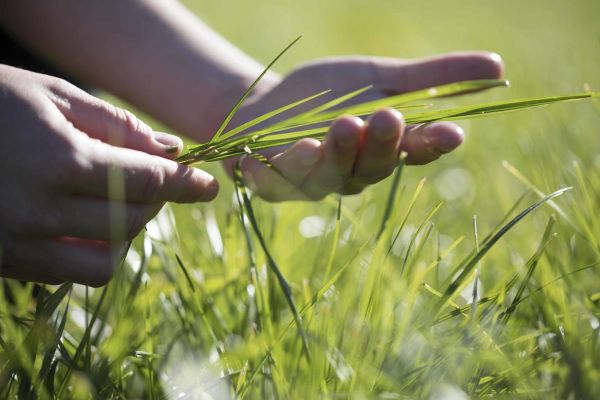
Management Advice
Learn More